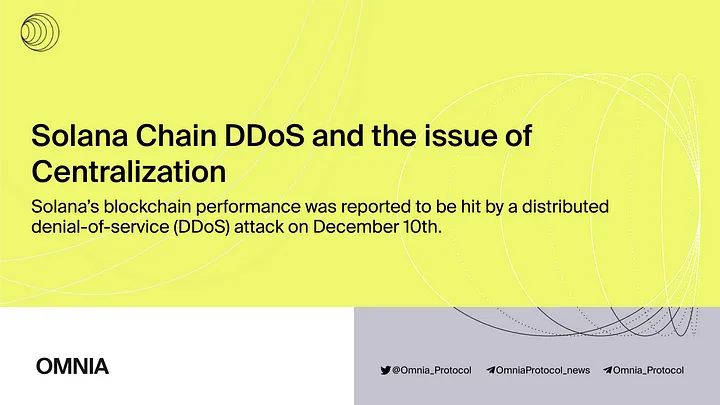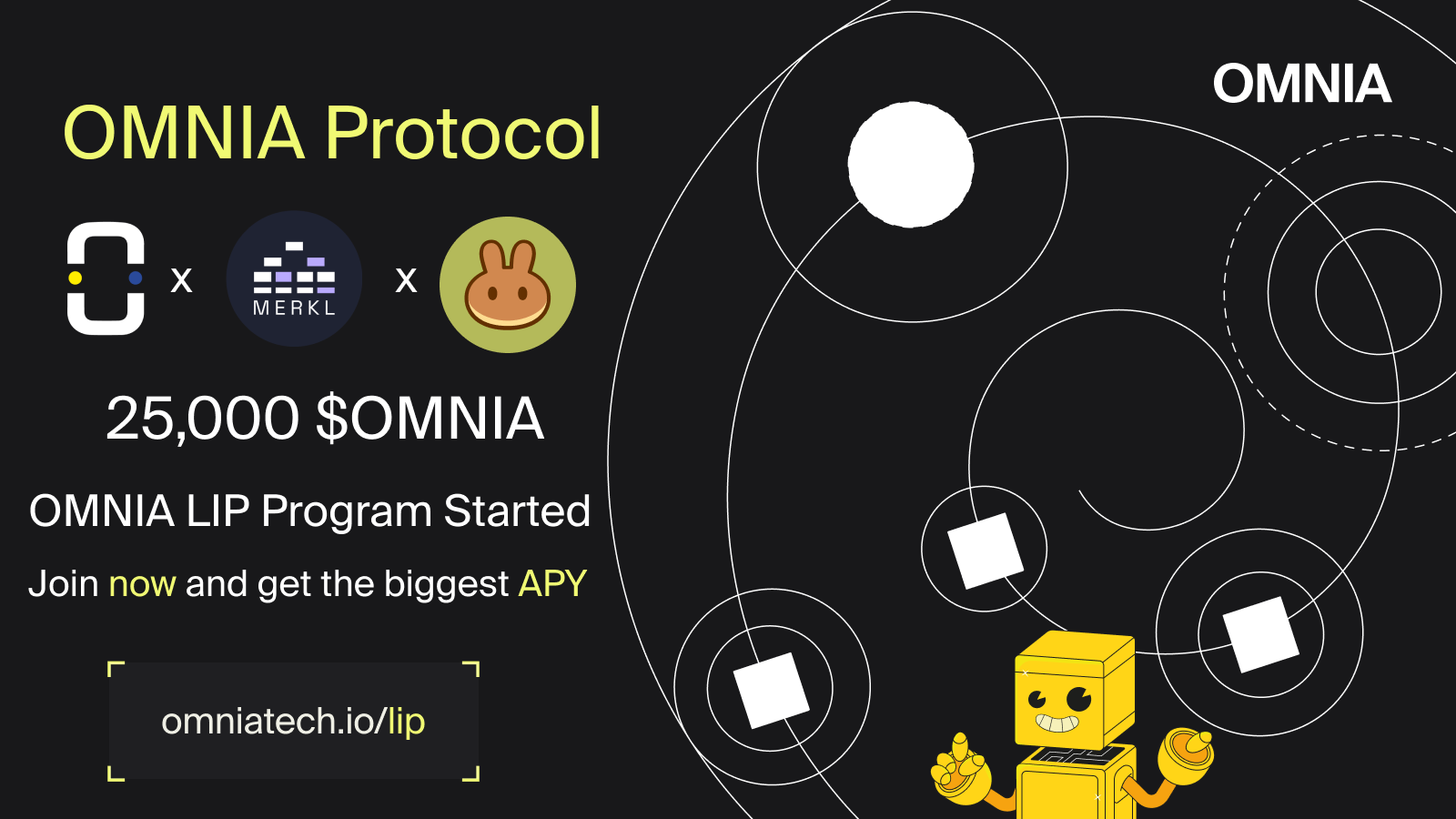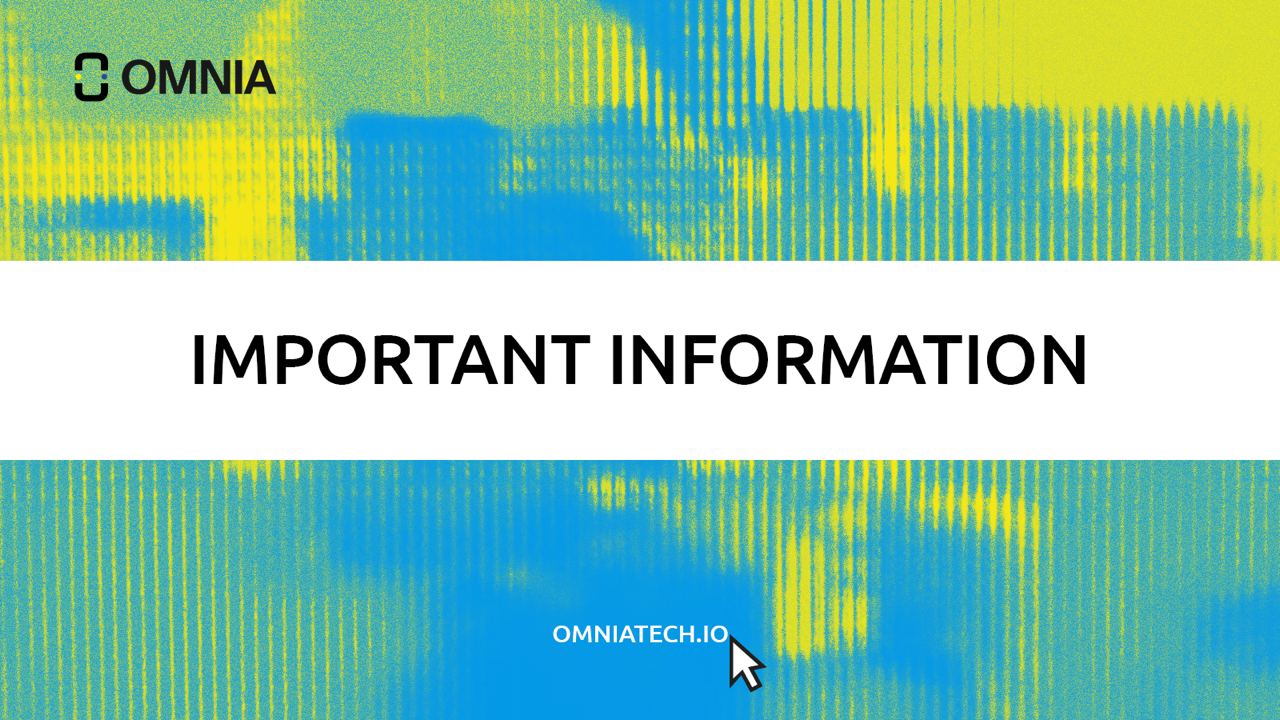
Solana Chain DDoS and the problem of Centralization
In one of our previous article (see here), we have discussed the plague within the current blockchain ecosystems that almost everyone had thought to be decentralized. Unfortunately, reality does not favor the ideology and theory behind the promising technology. Therefore, we are hard-pressed to find a solution to mitigate the problem as much as possible.
What’s Solana?
Brief introduction
Solana is an open-source project that promises a new, high-performance, permissionless blockchain. The Solana Foundation is based in Geneva, Switzerland, and maintains the open-source project. The company promotes itself as the “Ethereum Killer,” capitalizing on the faster transaction speed, higher transactions per second, and the lower cost per transaction.
How does it work?
Solana takes a very different approach, also known as Proof of History or PoH. Leader nodes “timestamp” blocks with cryptographic proofs that a small timeframe has passed since the last proof.
All data hashed into the proof most certainly have occurred before blockchain generated the proof. The node then shares the new block with validator nodes, verifying those proofs.
A user can become a node validator in the Solana network by staking SOL and providing the minimum hardware requirement. Then, a leader is selected out of a group of validator nodes for a given time slot to generate the Proof of History.
What happened?
DDos attacks and consequences
Solana’s blockchain performance was reported to be hit by a distributed denial-of-service (DDoS) attack on December 10th. However, the network appears to have remained online.
A DDoS attack generally refers to many coordinated devices, or a botnet, overwhelming a network with fake traffic to take it offline.
This incident wouldn’t be the first time Solana has suffered this issue. For example, Cointelegraph reported in September that the network suffered a 17-hour-outage due to mass botting activity for an initial DEX offering (IDO) Solana-based decentralized exchange platform Raydium.
Possible explanation
For the duration of a time slot, all transactions received by the cluster are forwarded to the leader. However, the list of validators is known in advance and even published on the Solana Beach dashboard. Therefore, a botnet can compute this list and start attacking the up-and-coming validators before working on the transactions.
It doesn’t matter how many Solana validators the network has: The network selects one validator to be the exclusive propagator of transactions for a particular time.
The requirement to become a Solana node validator is also rather steep in terms of monetary value:
- Minimum hardware requirements: $3000
- 300MB fiber internet: $25/month
- 100,000 SOL stake to break even while running a validator
- 100,000 SOL = $17,100,000 (as of December 11th)
- Other costs from tech complexity
In essence, Solana may have faster transaction speed, higher transactions per second, and the lower cost per transaction, but the cost for this translates to expensive setup of nodes.
Just to make it clear: we are NOT questioning Solana’s performance and the good features it brings in the blockchain ecosystem. We only highlight a common issue present in almost every blockchain — the access points to the chain infrastructure tend to be centralized, which leads to single points of failure.
Our solution — Omnia Protocol
There are many Layer-1 blockchain projects that propose goodwill for the ideal of decentralization; however, compromises in these networks still exist. That’s why we have come up with a solution capable of mitigating the weaknesses of the current blockchain networks.
Introducing OMNIA
By foreseeing the state of the current blockchain application network, we have committed to preparing, researching, and applying our technical expertise to our latest project, Omnia.
Omnia Protocol is a decentralized infrastructure protocol for securely accessing the blockchain so that no single point of failure will ever disrupt blockchain applications or wallets integrating with it.
OMNIA creates the right incentives for people to run (or share if they already run) blockchain nodes, regardless of the network chain, even if they are only syncing with the chain and not mining or validating. This brings benefits to the network because these act as entrypoints in the blockchain and ease off the strain from the validator nodes, thus leveraging the peer-to-peer protocols to distribute the transactions to validators.
Omnia’s solution is truly decentralized and requires zero technical knowledge. Learn more about the technological marvel behind Omnia by following our Medium, or reading our whitepaper.


